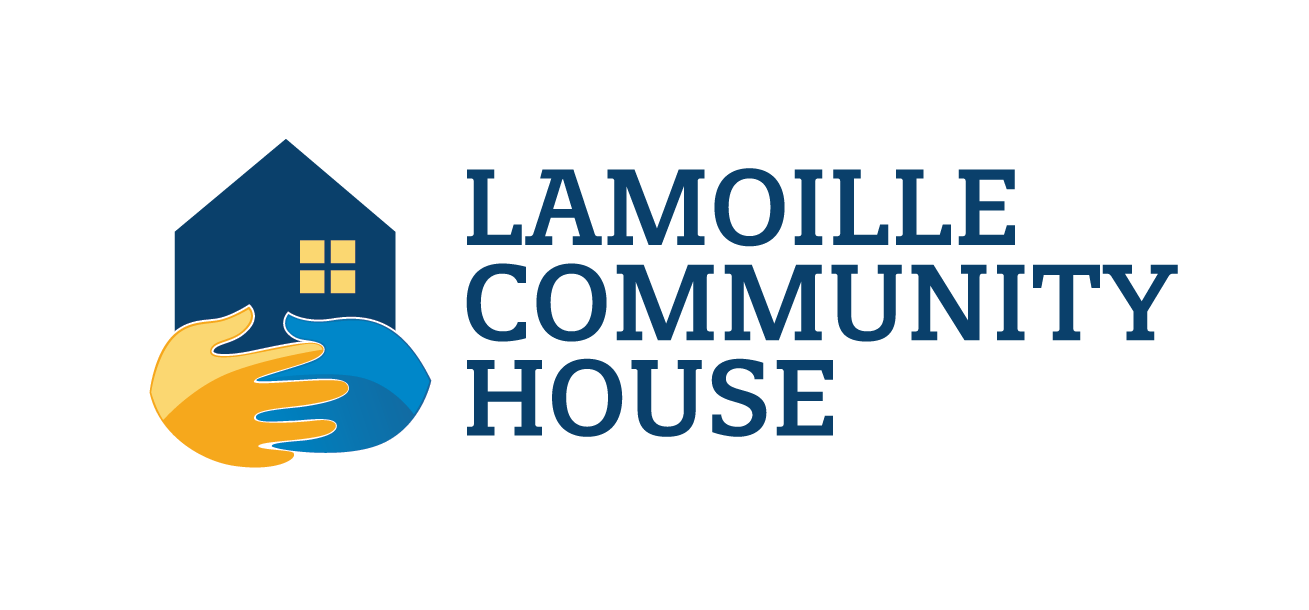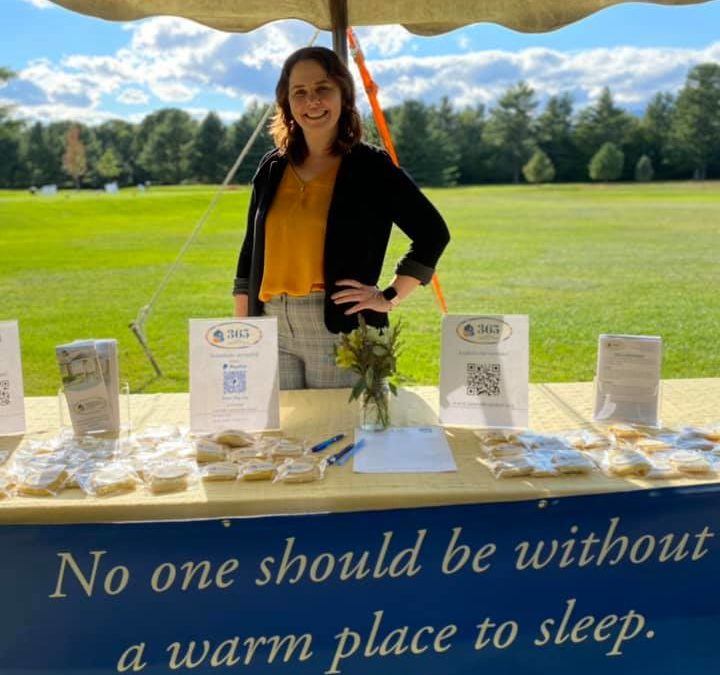I recently facilitated training sessions for my shelter staff on trauma-informed care and the housing first model. One of the exercises in the training presented a grid with a description of a different type of person in each box. The examples given were a single mom, an elderly man, a person with no income, a man with a sexual offense, someone using heroin, a hardworking family, a college student, someone with an arson history, a trust-fund kid who has never worked, someone who used their last apartment for a meth lab, a runaway youth, and a person who is non-binary. The assignment was to indicate which of these people deserved homes (spoiler alert – the answer is all of them). Even for people who work in human services – for our staff who have worked with every single one of the listed populations – this task challenged our biases.
When we talk about housing first and housing a basic right, we really do mean for everyone.
I recognize that some of the populations listed in the grid are people who have caused harm to others, and I know that it may feel difficult for us to justify putting our tax dollars into supporting people who have made harmful decisions in their past. Do you think the chances of these folks reoffending go up or down with housing? Do you think that living outside is a proper way to rehabilitate someone?
When we push people outdoors and put labels on them because of their past, we create an unsafe environment for those people. When people feel unsafe, they make unsafe choices. Sometimes those unsafe choices hurt other people in our community. When we provide homes, support services, access to food and medical care, we create a safe environment. When people feel safe, they make safer choices. It really is that simple.
That doesn’t mean that someone will transform into an upright citizen overnight if given housing. However, with time, support, and equitable access to housing, people have a better chance at becoming successful in their lives. When people feel safe and have their needs met, they rely less on making dangerous choices to get those needs met.
We may not agree with everyone’s life choices, but we can agree that housing is a basic need.
Right now, a lot of people do not have that basic need met. The number of people that we serve has more than tripled in the last year and a half. In typical shelter seasons, LCH would serve 30 to 40 individuals. During the pandemic, across the four locations we have managed (our seasonal shelter and three hotels), we serve an average of 100 to 120 individuals at any given time.
Our housing vacancy rate in Lamoille County is below one percent and our affordable housing agency, Lamoille Housing Partnership only has one vacancy in their 280 unit portfolio. We are in the middle of the worst housing crisis we have seen. There are many factors contributing to this crisis, and concurrently, there are many people (in small nonprofits and at the state level) working hard to solve these issues long term. But these solutions take time, and the crisis is happening now.
The pandemic taught me two things. One, the services provided by Lamoille Community House are needed year-round, 365 days of the year. Two, we are a strong organization ready to take it on. We have been working non-stop for almost 24 months, something that was unheard of for our small seasonal shelter. We have been responding to a rising need unveiled by the pandemic.
Now that we know the truth about homelessness in our county, it is our responsibility to do something about it.
LCH is working with the Vermont Housing and Conservation Board to identify a site in Lamoille County to host a year-round facility for those experiencing homelessness. Our vision of the new shelter includes a community center that will host our offices, a computer lab, kitchen and laundry facilities, activities rooms, and meeting spaces for other service providers to visit the guests. We also plan to incorporate transportation into our shelter model and hope for a space where we can create a garden and farm stand in order to teach skills and empower our guests. We’d love for a property with potential to grow – to add family or youth in transition shelter in the future.
We have big ideas, we are flexible, but our priority remains to create a welcoming space and serve our community 365 days a year. With this goal, we have launched our 365 Campaign.
Our goal is to raise $365,000 in the next two years to fund operations of our future year-round facility.
I’m asking you to help us with this. Ask your questions, make suggestions, donate to our 365 Campaign, lend resources, connect us to people who can help, or let us know if you know of a property for sale. But most importantly, join us in challenging our biases.
Click here for more information on our 365 Campaign or reach out to me personally at kanetsberger@lamoilleshelter.org
Kim Anetsberger
Executive Director
Lamoille Community House

